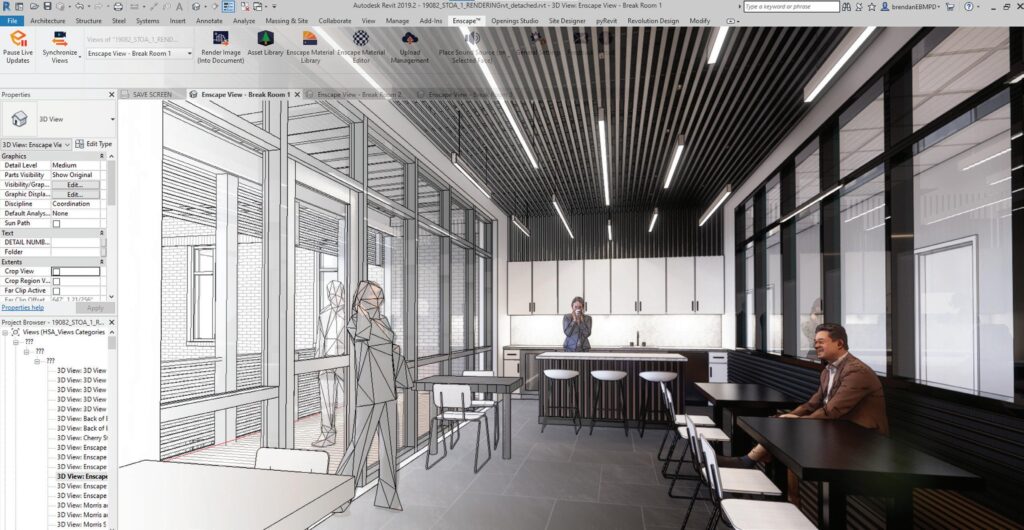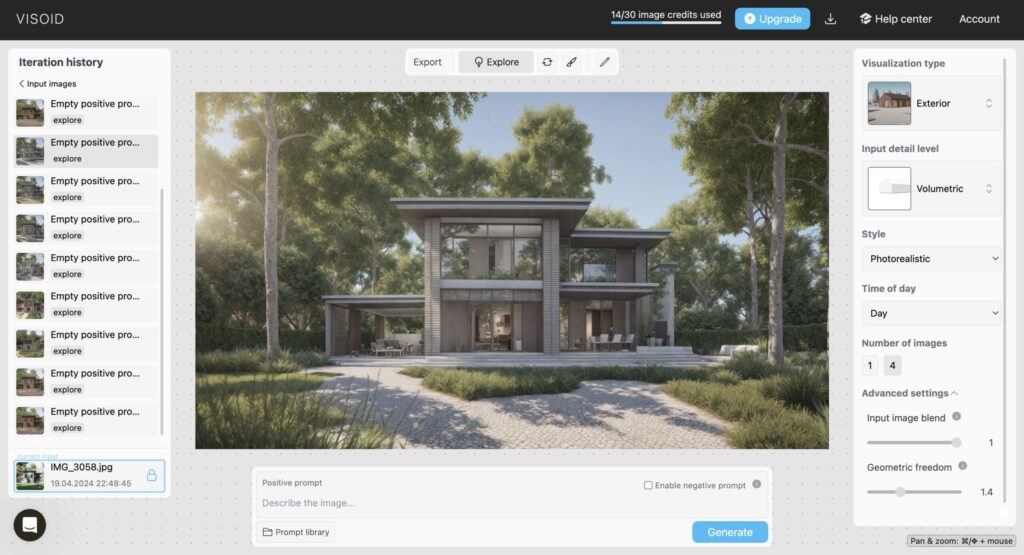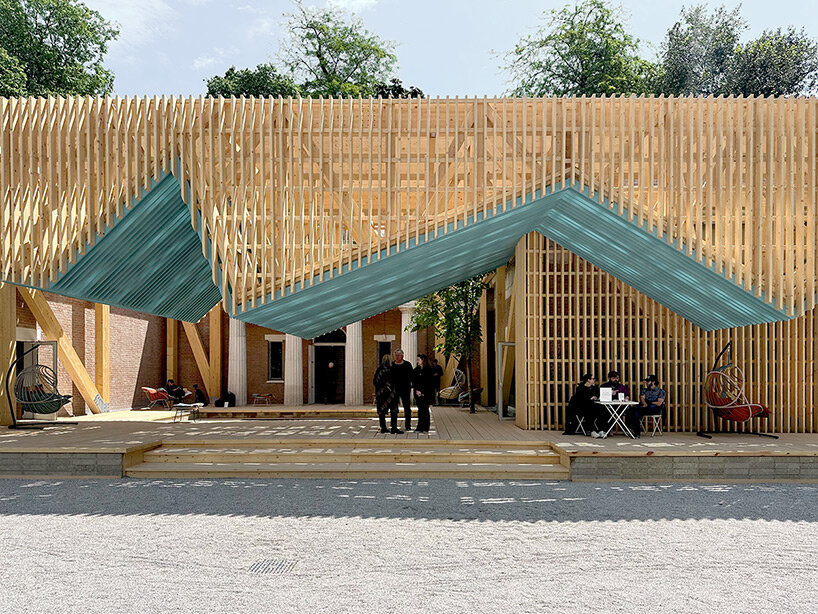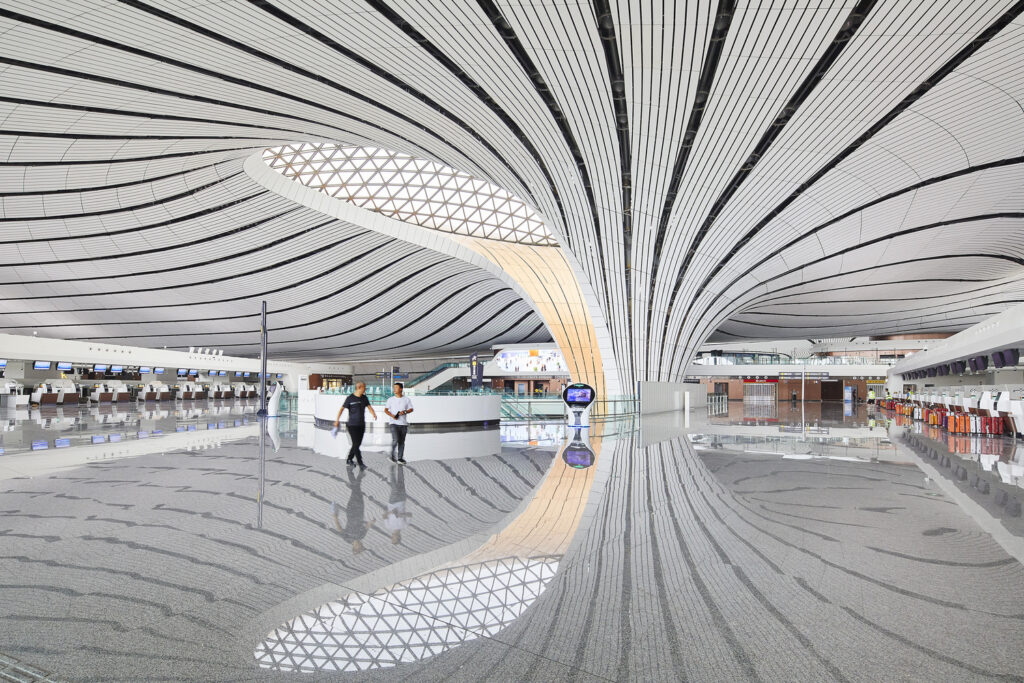
Advantages of real-time visualization in architecture and design
Real-time (visualization in real time) is increasingly becoming an indispensable tool in contemporary architectural and design practice. This approach enables real-time display and interaction with the project, which has a number of concrete benefits that significantly improve efficiency, communication, quality and the overall user experience.
1. Faster and more informed decision-making
One of the biggest advantages of real-time visualization is the ability to see all design changes instantly. Any changes — whether to materials, colors, layout, or lighting — are displayed immediately, without the need for time-consuming rendering.
Advantages:
- Ability to quickly evaluate different options
- Saving time in decision-making stages
- Increased productivity of the design team
2. Improved communication and collaboration
Real-time visualization significantly reduces misunderstandings between architects, designers, clients and other project participants. Instead of technical drawings that are often misunderstood by clients, presenting the project through interactive 3D views allows everyone to have a clear perception of the final result.
Advantages:
- Clearer presentation of project ideas
- Easier remote collaboration
- Faster harmonization of positions among all stakeholders
3. More efficient testing and design iteration
Through real-time visualization, it is possible to test and compare multiple variants of the same space, facade or interior in a very short time. This allows for creative freedom and faster evaluation of ideas without the need to create multiple separate views.
Advantages:
- More options in less time
- Encourage experimentation without high costs
- Improved quality of the final design
4. Early detection of errors and problems
A real-time view of a project often reveals issues that are difficult to spot in 2D drawings or static renderings — such as poor lighting, mismatched materials, spatial relationship issues, or illogical functional flows.
Advantages:
- Reducing the risk of costly mistakes in later stages
- Possibility of timely corrections
- Greater certainty in project feasibility
5. Increased customer satisfaction and engagement
Clients are often not experts in interpreting blueprints and technical documentation. But when they can literally "walk" through their future space through VR technology or an interactive display, they feel included, informed and delighted.
Advantages:
- Increased client confidence in the project
- Faster approval of solutions
- Better understanding of every aspect of design
6. Saving time and financial resources
Real-time visualization reduces the need to create multiple versions of visual representations and minimizes the possibility of costly changes at later stages. Although it requires investment in technology and education, it brings savings in the long run.
Advantages:
- Reduced rendering and modification costs
- Fewer execution errors
- More efficient use of human resources
7. Professional presentation and competitive advantage
Using real-time visualization, it is possible to create impressive presentations that include animations, virtual tours, and even augmented and virtual reality experiences. This not only makes a project make a strong impression, but also helps architectural offices and designers stand out in the market.
Advantages:
- Stronger visual identity of the company
- Attracting new clients
- Improving marketing materials
8. Integration with BIM, VR and AR technologies
Real-time visualization perfectly complements BIM (Building Information Modeling) and other modern technologies, enabling users to analyze lighting, volumes, materials and functionality in a real environment, often with the possibility of simulations.
Advantages:
- A more precise analysis of the project in the early stages
- Easier integration with engineering and construction plans
- Better management of complex data
Real-time visualization represents a key milestone in the way designers and architects communicate their ideas — faster, clearer, and more effectively than ever before. It reduces costs, accelerates decision-making, increases client engagement, and enables deeper project understanding through an interactive and visual experience.
By using tools like Twinmotion, Enscape, Lumion, and Unreal Engine, designers can offer a level of quality and professionalism that is increasingly becoming the industry standard.
If you want to improve your design process, increase the quality of communication with clients and remain competitive on the market — real-time visualization is an investment that pays off many times over.






Responses